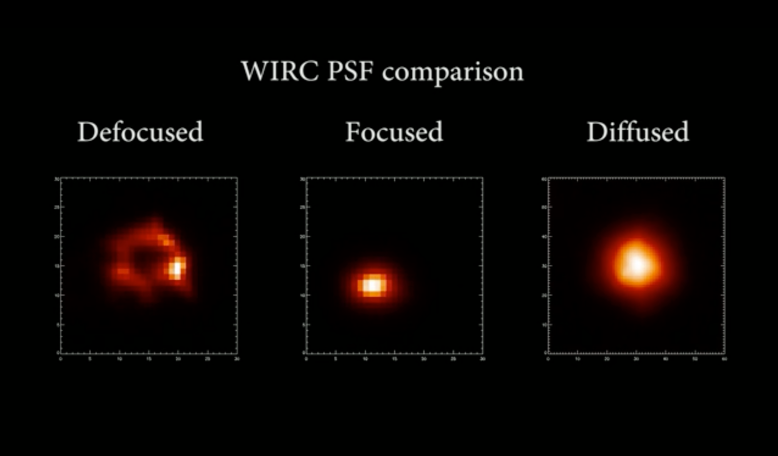A new, low-cost telescope attachment has been developed that will allow astronomers with ground-based telescopes to observe exoplanets with a similar resolution usually reserved for space-bourne telescopes in orbit.
The attachment, which was created by Penn State astronomers, in close collaboration with the nanofabrication labs at RPC Photonics in New York, spreads incoming light across an image with a carefully structured micro-optic device to minimise distortions from the Earth’s atmosphere.
This device is known as a diffuser, or a “beam-shaping diffuser” to be more precise and this adaptable and affordable small piece of glass can be easily shaped to mount onto a variety of telescopes.
"This inexpensive technology delivers high photometric precision in observations of exoplanets as they transit – cross in front of – the bright stars that they orbit," said Gudmundur Stefansson, graduate student at Penn State, NASA Earth and Space Science Fellow, and lead author of a recently published paper that describes the diffusers. "This technology is especially relevant considering the impending launch of NASA's Transiting Exoplanet Survey Satellite (TESS) early in 2018. It is up to ground-based facilities to rapidly and reliably follow-up on candidate planets that are identified by TESS."
The diffuser has already been tested on the 0.6 metre Hale telescope at Palomar Observatory in California, and in all cases the images produced with the new technology maintained a relatively consistent size, shape, and intensity, compared with those using conventional methods, which have a tendency to fluctuate in size and intensity.
"This technology works over a wide range of wavelengths, from the optical – visible by humans – to the near infrared," said Jason Wright, associate professor of astronomy and astrophysics at Penn State and an author of the paper. "As such, diffusers can be used for a wide range of exoplanet science. We can use them to precisely measure the times exoplanetary worlds transit their stars, which will help us measure their masses and compositions, and even find new planets in their systems; and we can use them to study the temperature structures of giant planets' atmospheres."
With aims to maximise the utilisation of this technology, the research team is already establishing collaborations on other telescopes around the world. "Our goal is to equip the broader exoplanet community with low-cost precision tools to deliver precise measurements to aid future observations in exoplanet science," said Stefansson.











